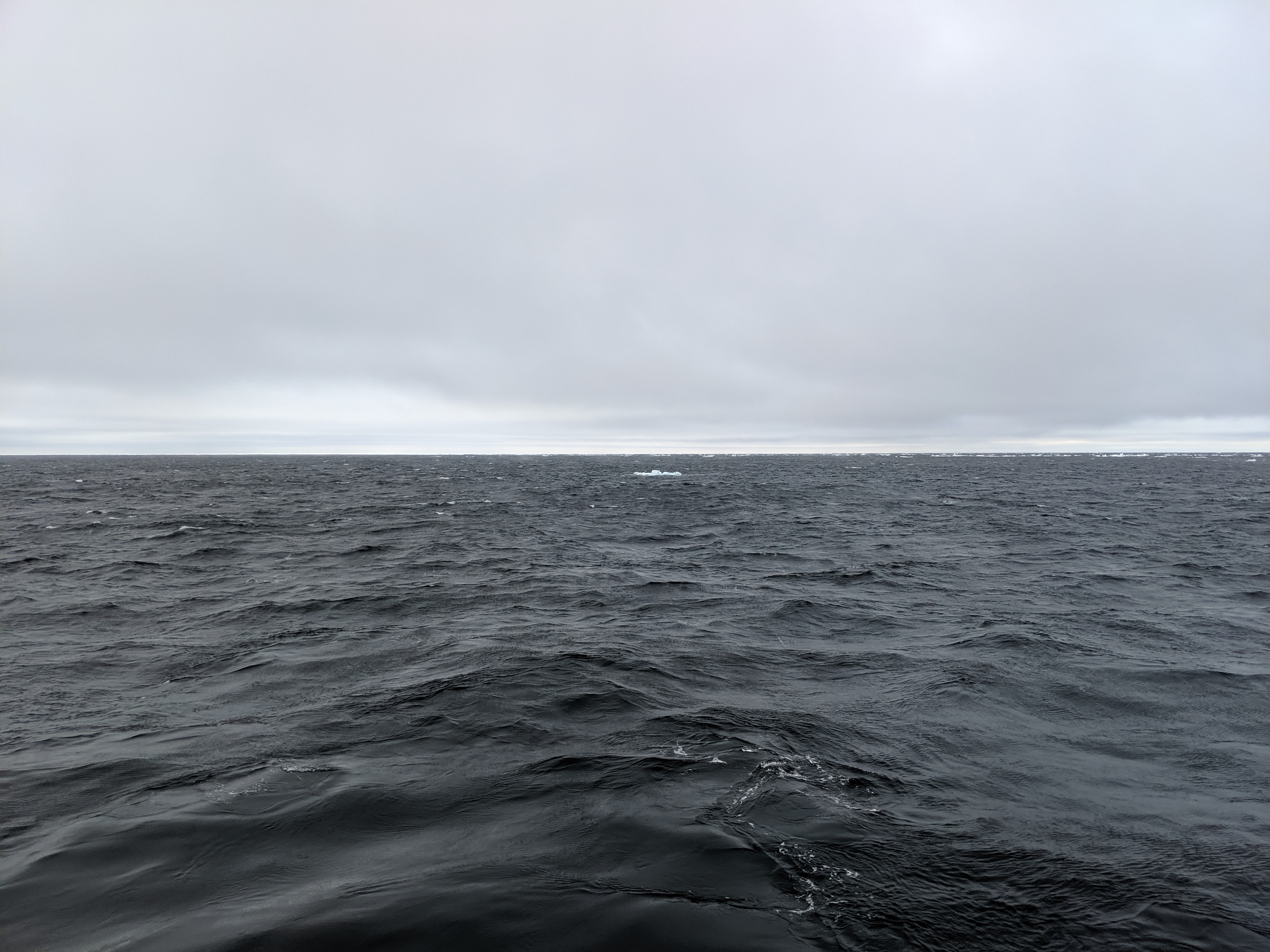Chance of Atlantic Ocean Circulation Collapse Difficult to Assess, Study Shows
January 24, 2025
The dominant ocean current system in the Atlantic - known as the Atlantic Meridional Overturning Circulation or AMOC - frequently makes headlines. Most prominently, previous research suggests that the AMOC may suddenly shut down if the Earth keeps warming. This would have far-reaching implications for the climate system and regional sea level rise. Whether such a collapse is truly in the AMOC’s future, and how, when, and under what conditions this would occur are hotly debated questions among climate researchers.

A slate of recent studies have suggested that a future collapse of the AMOC is likely and potentially even imminent. These studies pinpoint the timing of collapse using a powerful statistical technique known as “Critical Slowing Down,” which has been widely applied to predict tipping points in systems ranging from ecology to financial markets to clinical psychology. However, in a new article in the journal of Geophysical Research Letters, researchers from University of Wisconsin–Madison and University of North Carolina Wilmington argue that Critical Slowing Down may not be as reliable as hoped, and that it may not be possible with current methods to predict whether or when the AMOC will collapse.
“The idea of a universal early warning sign for climate tipping points is very appealing,” says Clark Zimmerman, lead author of the new study and graduate student at the UW–Madison Department of Atmospheric and Oceanic Sciences (AOS). “However, you have to be careful when you apply a statistical technique that assumes a simple dynamical structure to a system as complex as the AMOC.”
Critical Slowing Down relies on the idea that a physical system that is gradually changing - such as the AMOC - will respond increasingly sluggishly to fast noisy forcings when the system approaches a sudden collapse. In the case of the AMOC, the gradual change is global warming and the fast noisy forcing may, for example, be weather-driven freshwater input from rainfall, river runoff, or glacier melt. The AMOC response to this variable freshwater influx can be analyzed and used to assess how much “memory” there is in the system. Critical Slowing Down posits that as this memory of the system increases and the system responds progressively slower, this indicates a sudden critical transition is approaching - hence the theory’s name. This insight has been leveraged to suggest that the AMOC is approaching a collapse, with some studies suggesting that this major ocean circulation may shut down in a few decades, or even years.
“What we found, however”, says Zimmerman, “is the AMOC’s response to external forcings can slow for many different reasons, not just because it’s approaching a collapse.” Using computer model simulations, the authors showed that a gradual increase in the Atlantic surface gyres (which are to a certain degree distinct from the AMOC) may lead to a non-critical slowed response that looks indistinguishable from a true Critical Slowing Down signal. Till Wagner, co-author and UW–Madison AOS professor adds, “The issue here is that you may be looking at an increasingly sluggish AMOC and conclude ‘Oh, there’s a collapse around the corner’, when in reality the system is responding more slowly simply because its physical state is changing, without any collapse on the horizon.”
“The idea of pinpointing a sudden transition in such a complex system may be a futile enterprise,” says Dylan McNamara, co-author and professor of physics and physical oceanography at UNC Wilmington. “It also runs the risk of raising false alarms and distorting the public discourse. We are arguing for a more measured analysis of the stability of the AMOC as a whole, and this work serves to draw attention to how much we still have to learn about this giant ocean conveyor belt.”
Elizabeth Maroon, also a co-author and UW–Madison AOS professor concludes, “The climate is changing rapidly, and the AMOC will be impacted. Our study, however, is arguing that we should be cautious about jumping to conclusions regarding the AMOC’s future trajectory, as tempting as that may be.” Rather, the authors suggest that scientists put more focus on analyzing observational measurements alongside climate model simulations to construct the best picture of the physics that govern this great ocean circulation. This approach will help make well-informed and policy-relevant projections for the future.
